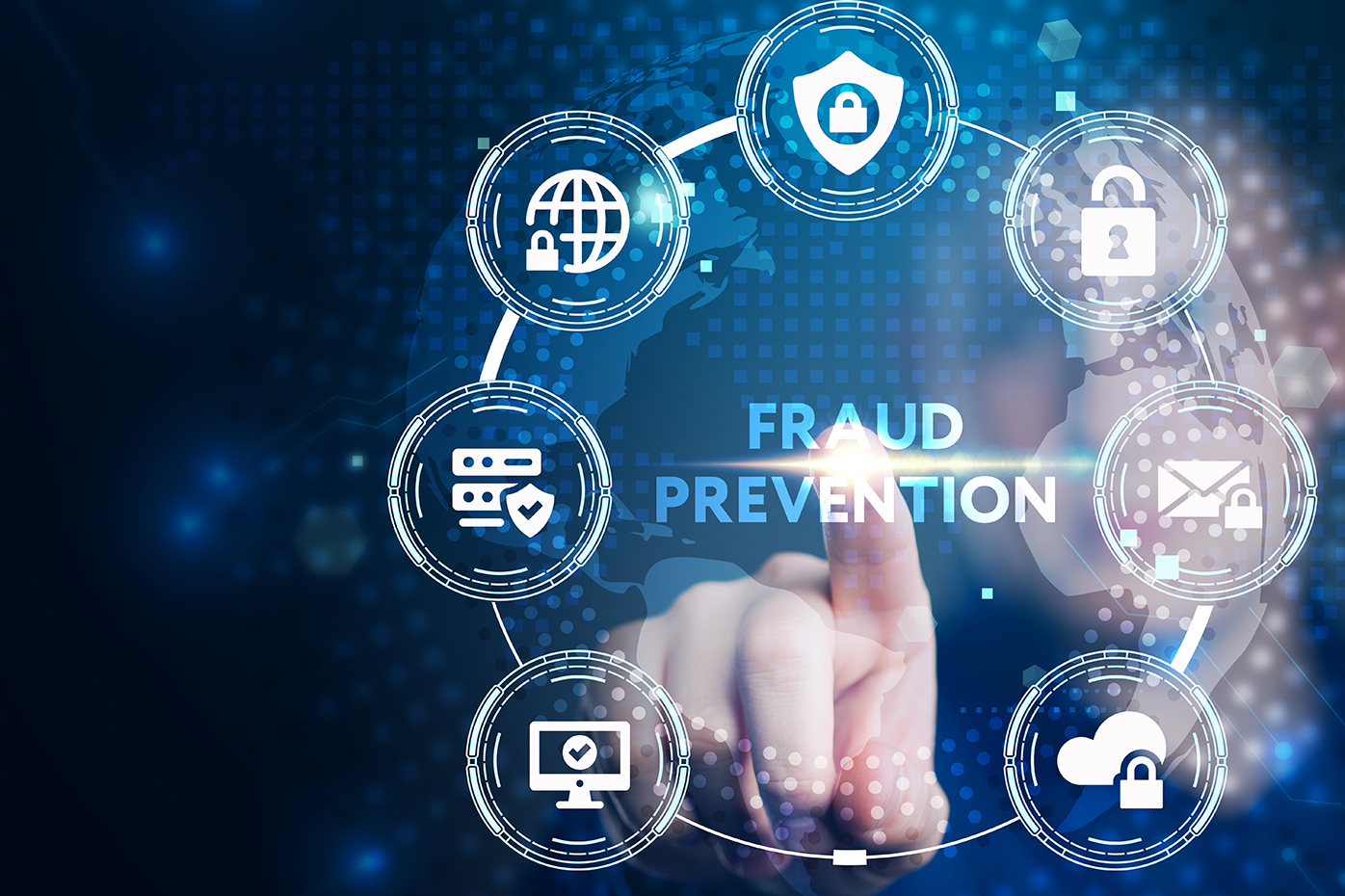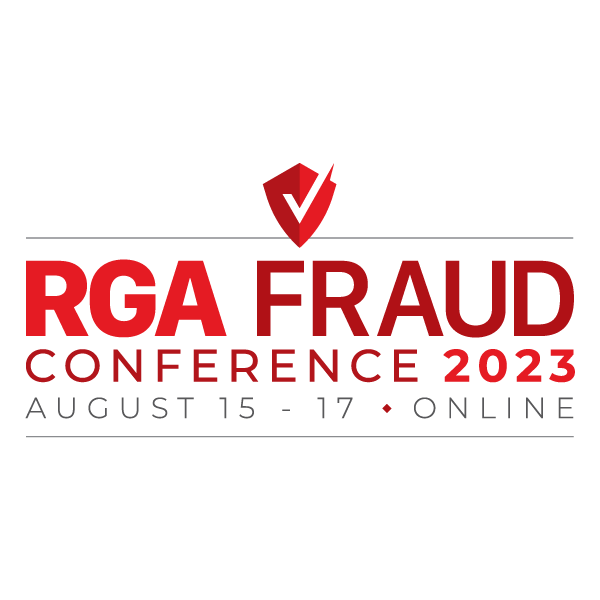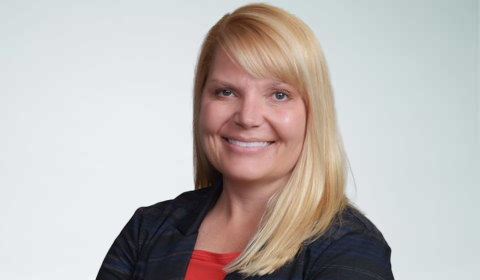The digitalization of life and health insurance is revolutionizing the industry, offering enhanced convenience, efficiency, and accessibility. Along with these benefits, however, come increased risks for fraud.
As we prepare for the 11th Annual RGA Fraud Conference on August 15-17, I sat down with Matt Badgerow, Fraud Solutions Consultant at TransUnion, a longtime RGA partner, to explore these potential risks and the steps insurers can take to combat fraud.
As insurers work to digitalize the customer journey, why is it so important to keep fraud prevention a top priority?
Digitalization continues to streamline processes and enhance the customer experience, but it also creates new opportunities for fraudsters to exploit vulnerabilities in online systems. Insurers cannot afford to wait to learn this lesson the hard way; they must be proactive in implementing fraud prevention measures to safeguard operations and protect policyholders.
The key is to strike a balance between maintaining sufficient security and providing a seamless user experience.
Customers have varying levels of tolerance for friction in online transactions, and excessive security measures can lead to frustration and abandonment of the application process. The goal should be to create a user-friendly interface that incorporates robust security features without causing unnecessary obstacles to purchase.
Insurers should invest in technologies that authenticate identities efficiently without disrupting the sales process. By leveraging advanced methods, such as biometrics or multi-factor authentication, they can enhance security without compromising the user experience.
What types of fraud are you seeing with online transactions and how can insurers work to prevent them?
As with most life insurance fraud historically, the schemes we’re seeing online generally revolve around fraudsters pretending to be someone they’re not. They often attempt to gather sensitive information by mining personal data from front-end systems throughout the web.
Pre-fill forms are particularly susceptible to fraudsters looking to gather personally identifiable information (PII). The use of pre-fill analytical tools can help identify suspicious activities and prevent unauthorized data access. This can involve reviewing online application behaviors, such as the time taken by consumers to complete applications and identifying any instances of copying and pasting information.
Analysis of device attributes can also provide valuable insights, as can assessing factors such as device location and browsing behavior. There is no single "magic bullet" solution to fraud prevention. Insurers should employ a combination of tools that excel in analyzing specific types of data, leveraging all available datasets and tools to work together synergistically.
What are key considerations for insurers in identifying the right fraud prevention tools and partners for them?
The costs of adapting digital processes can be substantial. Insurers must weigh these costs against the potential business lift that digital fraud solutions can provide. Because many insurers may lack the necessary back-end capabilities and expertise for developing and managing targeted digital tools, finding the right ecosystem partners – reinsurers, insurtechs, data specialists – is essential.
Any digital solution aimed at combating fraud should be easy to implement. Insurers should carefully choose partners who can provide the necessary technical expertise, services, and data to support ongoing efforts.
By collaborating with the right technology providers, insurers can help ensure a smooth integration of fraud detection tools into their digital platforms.
What steps can insurers take moving forward to prevent insurance fraud online?
Established best practices include the following:
- Robust authentication procedures: Implement multi-factor authentication protocols to help ensure that only authorized individuals can access insurance portals and perform transactions, reducing the likelihood of identity theft.
- Advanced data analytics: Utilize advanced data analytics, including artificial intelligence tools, to detect patterns and anomalies in data, enabling the identification of suspicious activities and potentially fraudulent claims.
- Regular security audits: Conduct regular audits of digital systems and networks to identify vulnerabilities and address them promptly. This includes keeping software up to date, using encryption techniques, and implementing secure data storage practices.
- Education and awareness: Educate both employees and customers about the risks of fraud in digital insurance, providing guidelines on secure practices, recognizing phishing attempts, and reporting suspicious activities.
- Collaboration and information sharing: Establish partnerships with insurers, reinsurers, and other ecosystem players, including industry associations and regulatory bodies, to share information about emerging fraud trends and best practices for prevention.
The industry should adopt a forward-thinking approach and build frameworks that can adapt to unforeseen circumstances. The regulatory landscape is continually evolving, and insurers must ensure that their fraud prevention tools can keep pace with changing regulations across different jurisdictions. Additionally, staying ahead of fraudsters requires proactive identification of potential vulnerabilities and adjusting rules and workflows accordingly.




